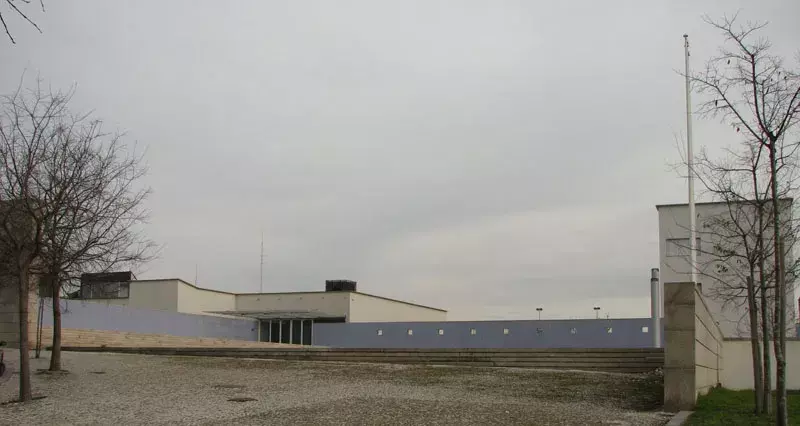Dom Diogo de Sousa Archaeology Museum

- The Dom Diogo de Sousa Archaeology Museum in Braga, Portugal, is a fascinating institution dedicated to preserving and showcasing the region's rich archaeological heritage. Established in 1918, the museum is named after Dom Diogo de Sousa, a former Archbishop of Braga who played a key role in the city's development during the Renaissance. The museum primarily focuses on the Roman period, reflecting Braga’s historical importance as Bracara Augusta, a prominent Roman settlement.
- The museum houses an extensive collection of artifacts from prehistory to the Middle Ages, with a strong emphasis on the Roman era. Visitors can explore exhibits featuring Roman coins, ceramics, jewelry, sculptures, and everyday objects that provide insight into the daily lives of the people who once lived in Bracara Augusta. Among the highlights is a collection of Roman mosaics and funerary inscriptions, which give valuable clues about the customs, beliefs, and social structures of the time.
- One of the museum’s standout features is its archaeological research center, which actively conducts excavations around Braga and the surrounding region. Many of the artifacts on display have been discovered in local digs, making the museum an essential hub for understanding northern Portugal’s ancient past. The museum also has interactive displays and educational programs, making it a great destination for history enthusiasts, researchers, and students.
- Located near some of Braga’s most significant Roman ruins, including the remains of thermal baths, a theater, and a forum, the Dom Diogo de Sousa Archaeology Museum offers a deep dive into the city's past. It is an essential stop for anyone interested in archaeology and the enduring legacy of Roman civilization in Portugal.
